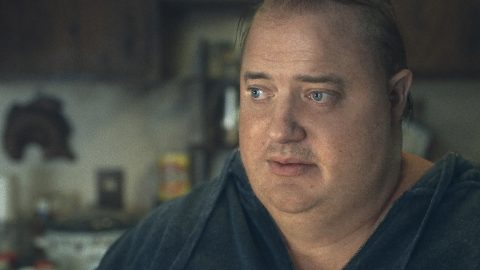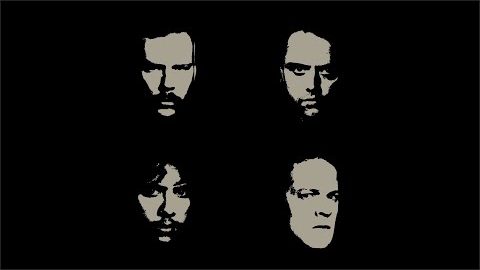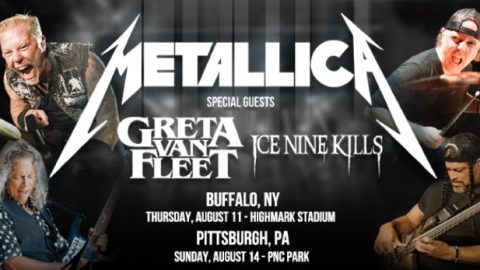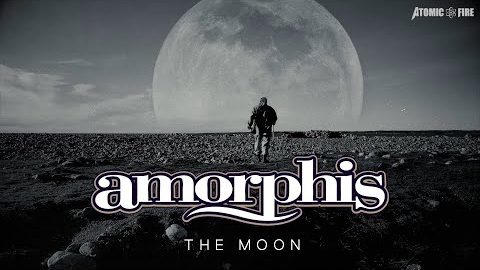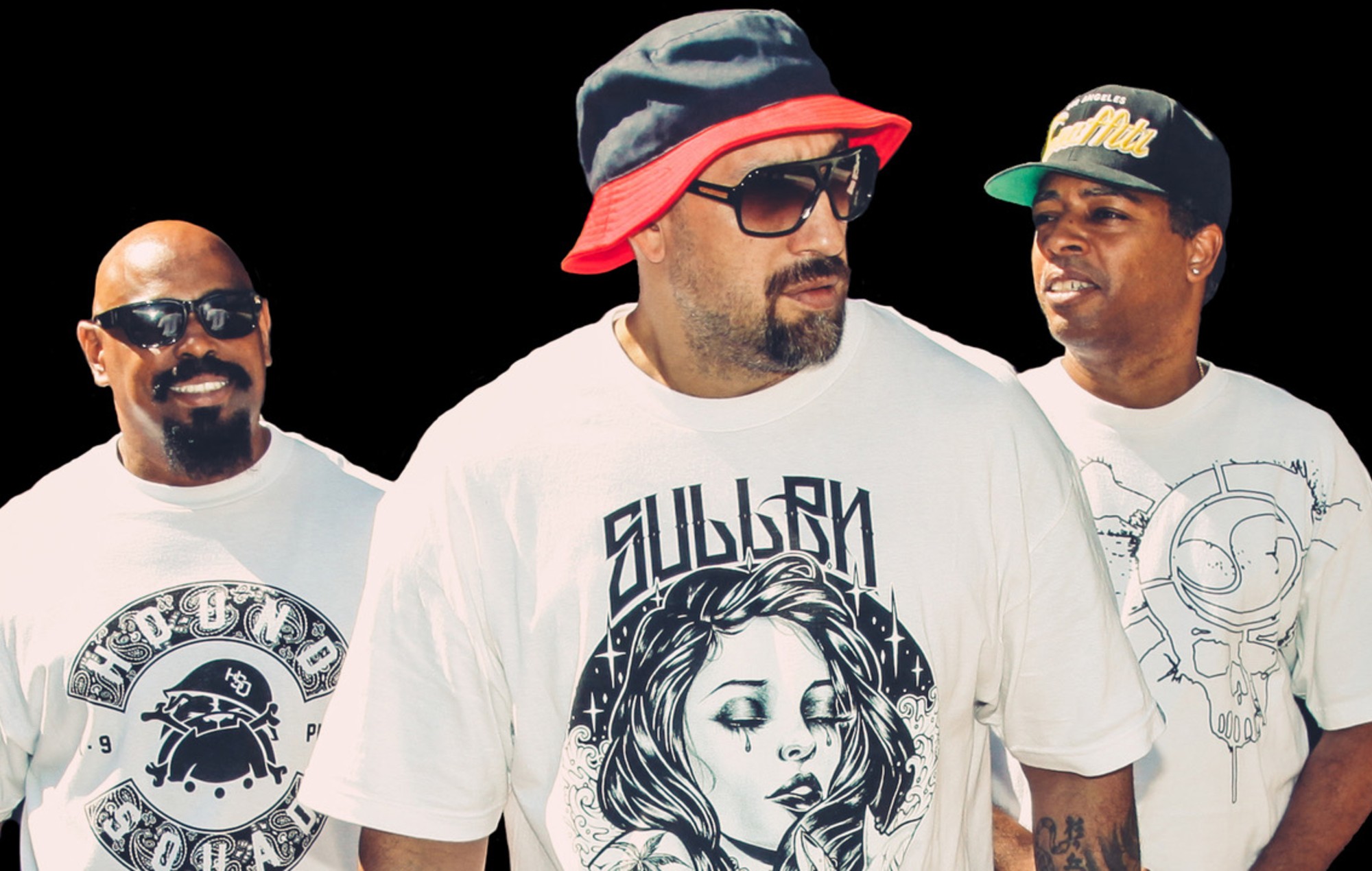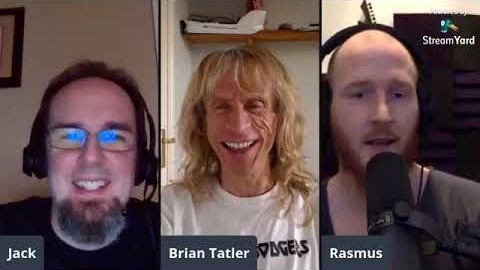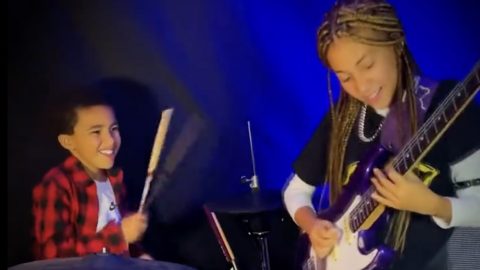
Today, Hunt: Showdown — a game that I have put thousands of hours into, with mixed success — turns five.
For Dennis Schwarz, lead designer on the game, that means its pre-release and post-release life represents over a third of his time at Crytek. He joined the company all the way back in 2006 as a junior designer, initially helping to polish 2007’s Crysis — a game old enough to receive the remaster treatment two years ago.
So, is he surprised to still be working on Hunt: Showdown, five years after it entered Steam Early Access on 22nd February 2018? “I’m not surprised, but I mean I was hoping for it, honestly,” he says. “Being able to continue working on it is a huge privilege for us.”
What has given it its longevity? For me, it’s the tension that builds up from the intense concentration Hunt demands of its players as they creep around listening for anything suspicious. Tension that’s inevitably released when players are spotted, and all that careful tactical planning gives way to messy, cathartic, heart-in-mouth gunfights.
For Schwarz, that’s true, but it’s more than that: the fact that Hunt is a fantasy period piece means that these fights are simply more interesting than two assault rifle gunners racing to unload a clip first.

“We have weapons which are one foot in the Wild West and one foot in the modern industrial age,” he says. “This time period has seen so much transitioning in terms of what firearms mean and how you conduct warfare.” Indeed, Hunt’s arsenal covers everything from cowboy-style six shooters and single-barrel shotguns to fast-loading bolt-action rifles developed in time for the First World War.
Schwarz favours the Mosin Sniper rifle, capable of picking off a hunter in a compound 300 metres away — which makes him the sworn nemesis of players like me that like to get up close and personal with a shot bolt crossbow (effective range: an optimistic 45m).
In Hunt, of course, both are equally deadly, as long as you stay out of sight, keep your cool and aim for the head. “The individual shot is a lot more important than, say, another magazine.”
It could have been very, very different as anybody watching E3 back in 2014 will know. Back then, Crytek trailed a game that’s familiar in terms of setting and aesthetic, but completely devoid of the heart-in-mouth tension that makes Hunt: Showdown so compelling. Its name? Hunt: Horrors of the Gilded Age.
Watching the footage today is like looking at Hunt: Showdown distorted by a carnival hall of mirrors. It looks to me, perhaps harshly, like a decent but forgettable Left 4 Dead or Strange Brigade clone, where waves of AI enemies make an absolute racket, punctuated only by teammates that can’t resist chipping in with a quippy soundbite. It’s early footage, sure, but almost everything that makes Hunt the game I know and love is entirely absent.
Perhaps it would have proved itself better than that with rave reviews in its promised beta test later in the year. Only it never happened. It went unreleased by Crytek Austin’s studio as the firm hit financial troubles, and was later picked up by the Frankfurt branch — where Schwarz had now worked for nearly a decade.
There was no pressure to finish the game as inherited and it’s “hard to say” how close Horrors of the Gilded Age was to being shippable, as it was never something the new team was forced to consider. “We went back to the drawing board on the game entirely,” Schwarz recalls. “We let ourselves get inspired, but we didn’t want to inherit any sort of baggage or constrain us from making our version of the game.”
Obviously, the first step for a studio that had by that point shipped three successful Crysis games was to make it first-person, rather than third. But more fundamentally the whole cooperative concept was tweaked to make PvP the focus, with grunts and witches becoming more like grisly window-dressing than the main event.

It’s a cliché, but the team had hit upon an important eureka moment: the real monsters in Hunt: Showdown should be other humans. Humans like me, who will happily combine traps in devious places for a cowardly insta-kill, not the undead AI that mindlessly wanders into them.
By E3 2017, the game was unrecognisable from the trailer that debuted three trade shows earlier, and it was at this point that Schwarz felt the team might be onto something special, as the new-look game picked up a number of Best-of-Show awards.
It finally emerged in Early Access on Steam in February 2018. And while it was a lot more familiar to what players know today, it had quirks that would seem outrageous to current players — like how the useful Quartermaster trait was massively overpowered, allowing two full-sized weapons, rather than a weaker secondary firearm.
Changes were gradual, and shaped by the community — a real change of mindset for a team used to shipping full, finished titles with an obvious beginning, middle and end.

Being in Early Access helped shape this state of mind though, with Schwarz believing that players backing games at this pre-release point are entering a long-term “pact” with the studio. Players back the vision, and the studio owes it to them to reach that destination in the future.
The philosophy has endured, even after the game exited Early Access in August 2019. Player feedback, Schwarz says, is the “essential driving part for us” with the team proactively seeking out and reading fan commentary, both good and bad.
But being led by the community means that the Hunt roadmap is in effect crowdsourced from beyond the Crytek offices and some internal ideas simply never pan out. “Initially, a few months after our initial release, we wanted to release a crafting system,” he recalls.
This was on the internal roadmap and frequently discussed in-house, but the team saw how it would be incompatible with what the game had become in the wild.

“We saw how people play Hunt: Showdown and how the game found its formula. It felt like it would get in the way of the match-to-match experience that we had.” The feature was deprioritised and then abandoned.
But big, fundamental changes have still managed to creep through. The most consequential was increasing the team limit from two players to three. Could the game transform again, allowing more than 12 players on a server?
“We’re always experimenting, always trying things out, but remember it’s not just about the pure player limits here,” Schwarz says. “It’s also about AI and it’s a 1km map. You have to make sure you have capacity to simulate that. If, to increase player count, you had to reduce AI count, that wouldn’t be the right direction in my opinion.
“I can’t talk about whether we will or will not do anything in that regard — too much depends on performance in relation to other things, game modes and what we do in the future,” he continues. “But hopefully we can talk about that at some point.”

Other fundamental changes can and will happen, however. Events have proved a valuable testing ground for new mechanics which put players out of their comfort zone and challenge the deepest assumptions of veterans.
The recent Devil’s Moon event, for example, allowed players to collect points and then pledge to one of three paths: Lunar, Infernal or Grounded. For two months, the last of these deliberately broke Hunt’s sacred perma-death rule, allowing players to keep their dead hunters, and even let solo players come back from the dead in-game (if they were disciplined enough to play possum until other players lost interest in their corpse.)
Anecdotally, it felt like almost every player you came across in the Bayou pledged to the Grounded path as a result — something that actually surprised the team. “We were assuming Lunar would be stronger than Grounded was,” Schwarz says, proving that the Hunt community is still full of surprises. “It was a positive experience because it told us quite a lot about how the community tries to engage with hunters, and we’ll definitely take our lessons from them.”
With three maps thoroughly explored and only four bosses to fight, Hunt remains quite a small game in some respects, and players are hoping for additions in both of these areas. Schwarz won’t be drawn on specific upcoming changes, but says the team has “a couple of really cool things in store” for 2023. And, hopefully, even more beyond then.
With that in mind, will we be having another conversation in 2028 for the 10th anniversary of Hunt: Showdown? “I hope so,” he says.
Yeah, me too.
Alan Martin is a freelance writer who’s been playing games since the ZX Spectrum ruled the world.
The post Crytek’s Dennis Schwarz on five years of ‘Hunt: Showdown’ appeared first on NME.

